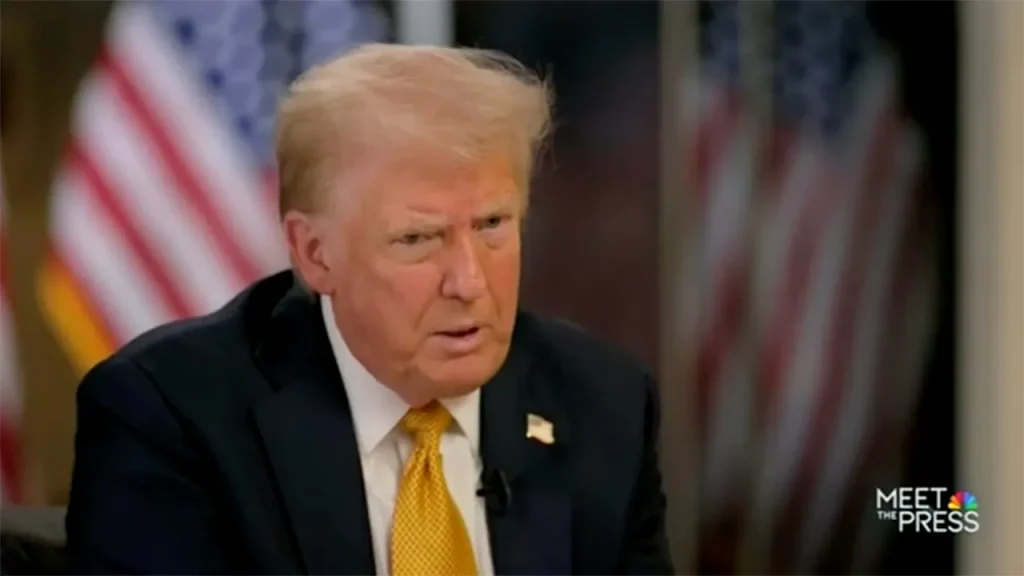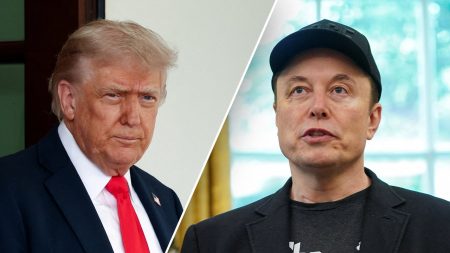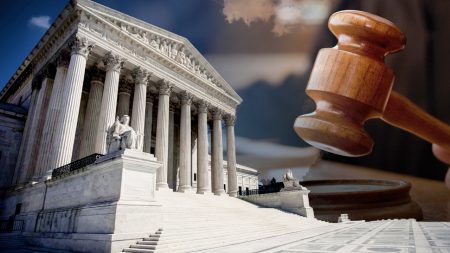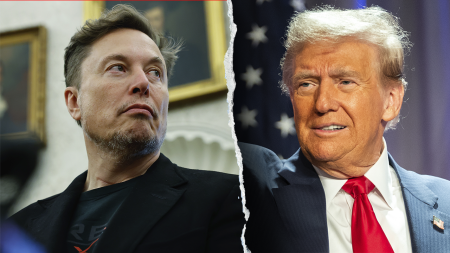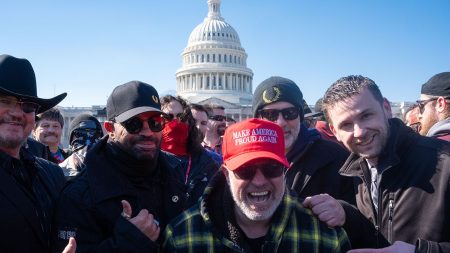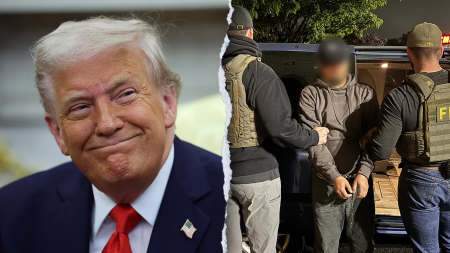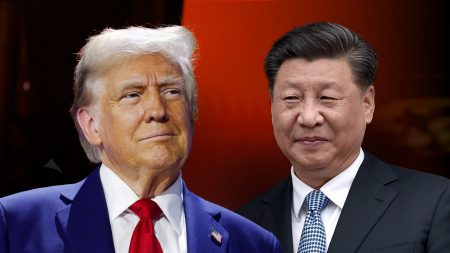Donald Trump’s post-election demeanor has sparked a debate: is his seemingly softened tone genuine or a calculated strategy? Observations from interviews conducted before and after the election suggest a deliberate attempt to present a more measured and substantive image. Gone are the rambling rally speeches and inflammatory rhetoric, replaced by a focus on policy and a stated desire to represent all Americans, a stark contrast to the divisive “American carnage” of his first inaugural address. This shift is evident in his recent “Meet the Press” interview, where he discussed working with Democrats, protecting Dreamers, and upholding NATO commitments. While he did criticize the interview questions as “nasty,” he largely refrained from personal attacks, a notable departure from his past behavior.
This newfound restraint could be attributed to several factors. Having secured the presidency he believes was unjustly denied him, Trump is no longer burdened by the pressures of campaigning. With no further elections to contest, he might be aiming to reshape his legacy by achieving a successful second term. He has acknowledged the critical scrutiny he faced from the media during his first term and may be seeking to cultivate a more positive relationship with the press. This is reflected in his stated intention to engage with even hostile outlets and his general avoidance of personal attacks on journalists, although he did make an exception for Maggie Haberman of the New York Times.
The question of retribution further underscores this potential transformation. Instead of pursuing legal action against his political opponents, as he had vowed during the campaign, Trump now emphasizes that his ultimate retribution is success. In his “Meet the Press” interview, he even retracted his campaign promise to appoint a special prosecutor to investigate Joe Biden. He stated that any such investigation would be the purview of his attorney general and FBI director, effectively distancing himself from the decision while simultaneously signaling his preference to his appointees, Pam Bondi and likely Kash Patel.
However, glimpses of the former Trump still emerge. His outburst against the House January 6th Committee, accusing members of being “political thugs and creeps” who should be jailed, provides ammunition for his critics. This attack, though protected by the Speech and Debate clause, reinforces the perception of Trump as volatile and vindictive. His senior advisor, Jason Miller, attempted to contextualize these remarks, claiming Trump desires equal application of the law, but the incident highlights the tension between Trump’s professed moderation and his impulsive nature.
This duality raises questions about the authenticity of Trump’s transformation. Is this a genuine evolution or a carefully crafted facade? Veteran Trump observers recognize his propensity for veering off the high road when provoked. While his current demeanor suggests greater discipline and restraint, the possibility remains that this is merely a strategic repositioning, a temporary veneer concealing the familiar combative spirit. The true test will be how he navigates the inevitable challenges and conflicts of his presidency.
Ultimately, the jury is still out on whether we are witnessing a genuine shift in Donald Trump or a calculated rebranding. His post-election conduct presents a more measured and conciliatory image, emphasizing policy over personality and seeking to bridge divides rather than exacerbate them. However, his outburst against the January 6th Committee serves as a reminder of his capacity for impulsive and inflammatory rhetoric. Only time will tell whether Trump 2.0 is a genuine evolution or a temporary tactical maneuver. His actions in the coming months and years will reveal the true nature of this apparent transformation and determine whether it represents a lasting change or a fleeting performance. The political landscape and the historical narrative of his presidency hang in the balance.




